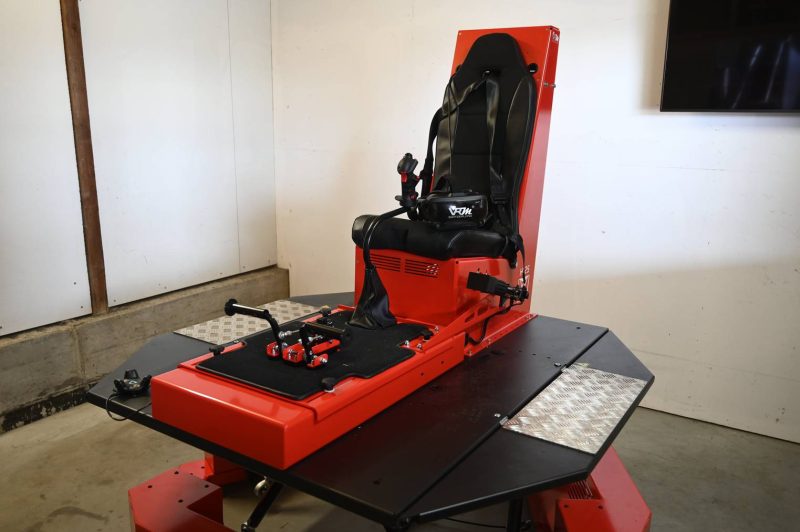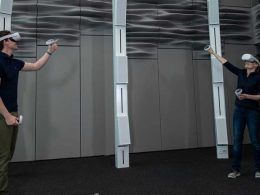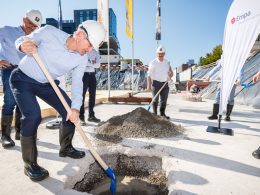A new construction project at Grenchen Airport aims to provide a remedy for the training of future helicopter pilots. The centrepiece of the new building will be a virtual reality flight simulator.
Grenchen Regional Airport is one of the most important training airports in Switzerland: Rega recently opened its new training base. The European Flight Academy and the Horizon Swiss Flight Academy already train around 100 pilots a year for Lufthansa and Swiss.
The planned helicopter competence centre complements this offer. The flight simulators planned for the Swiss Rotor Hub, which will be operated by the Dübendorf-based company VRM, will enable realistic practice of emergency manoeuvres, load and rescue operations with the helicopter. This means that training to increase flight safety at the training centre can be carried out largely emission-free and environmentally friendly on the ground.
"The new simulators can no longer be compared with the large simulators that you still have at Zurich Airport, for example, spheres on legs in which the pilots sit in a 'real' cockpit, each of which costs between CHF 20-25 million. The new generation of simulators relies entirely on virtual reality," explains Daniel Borer. Specifically, the pilots "fly" in a seat on a small platform that simulates the flight movements. They wear virtual reality goggles and, in a second stage of development, will also wear tactile gloves to make their experience even more realistic.
Entire basic training in VR possible
Flying is modelled very realistically and is based on actual biomechanical principles. That interested him as a doctor. Flying also feels very real: "It really hurts when you crash, but it's not dangerous." You can train manoeuvres and simulate dangerous rescue missions that you simply can't practice in practice, i.e. with real helicopters, because a mistake would be fatal and costly. "In theory, a future helicopter pilot can complete their entire basic training on the simulator. If he then gets into a real helicopter, he can not only fly theoretically, but also practically." This eliminates a large proportion of the flight movements that would otherwise be necessary.
Less flight movement thanks to VR
Grenchen Airport, which is making its land available for the Swiss Rotor Hub under building rights, is shifting its main focus from leisure to training airfields with this project. However, the additional flight movements should not exceed 200 per year, which can be counteracted primarily through the use of the virtual reality simulator.
The mayor of Grenchen, François Scheidegger, is in favour of this project. "I am delighted about the considerable investment in our airfield."
Centaurium AG anticipates that if the construction work, which is expected to begin in summer 2021, goes well, the new campus will be ready for operation in spring 2022. The plans for the Swiss Rotor Hub were drawn up by Grenchen-based Ivo Erard Architekten + Planer AG, who also designed the new Rega training building.
Source: Bielertagblatt / grenchnertagblatt









